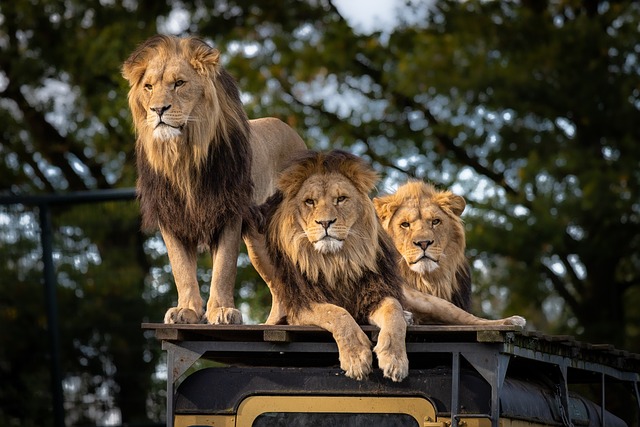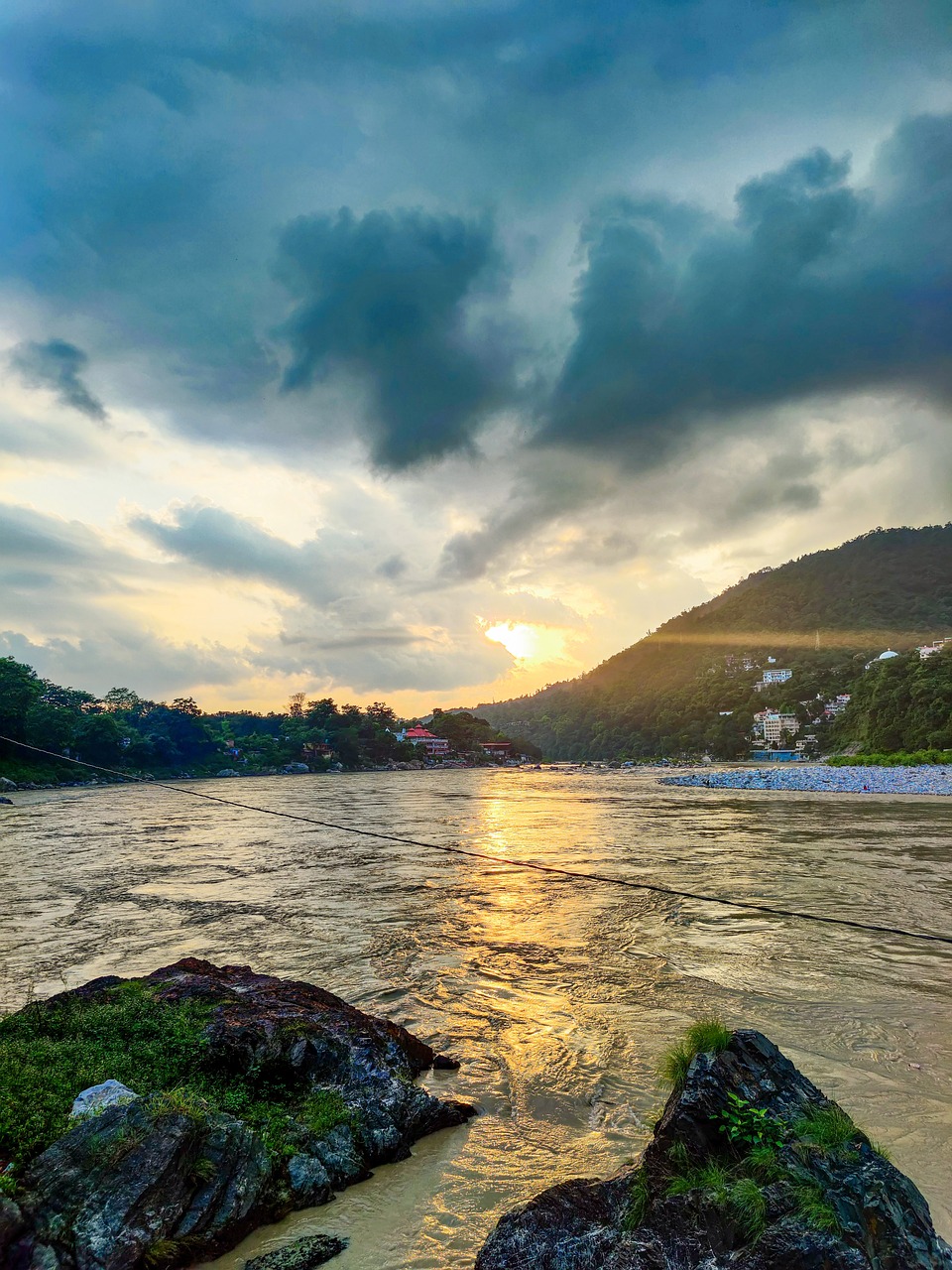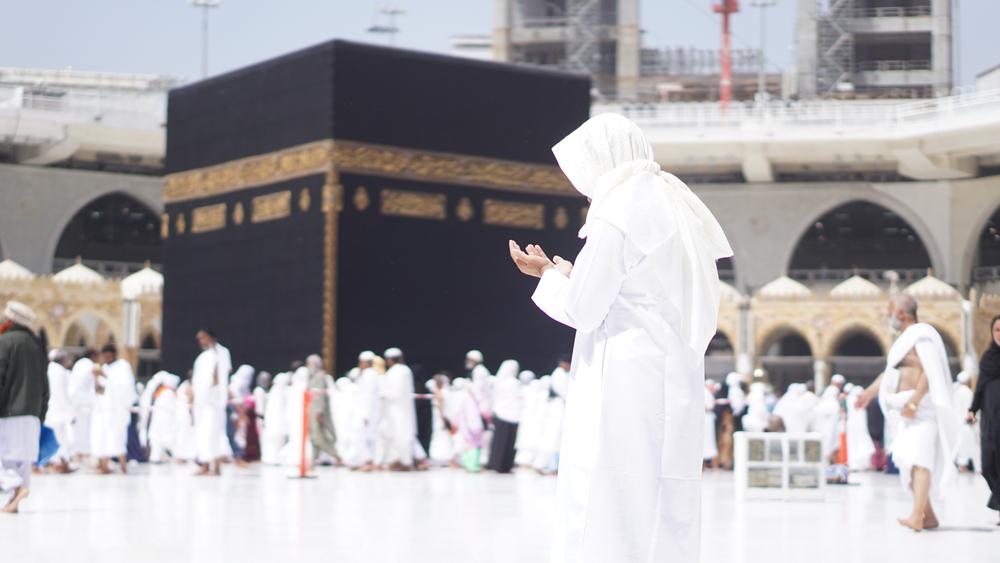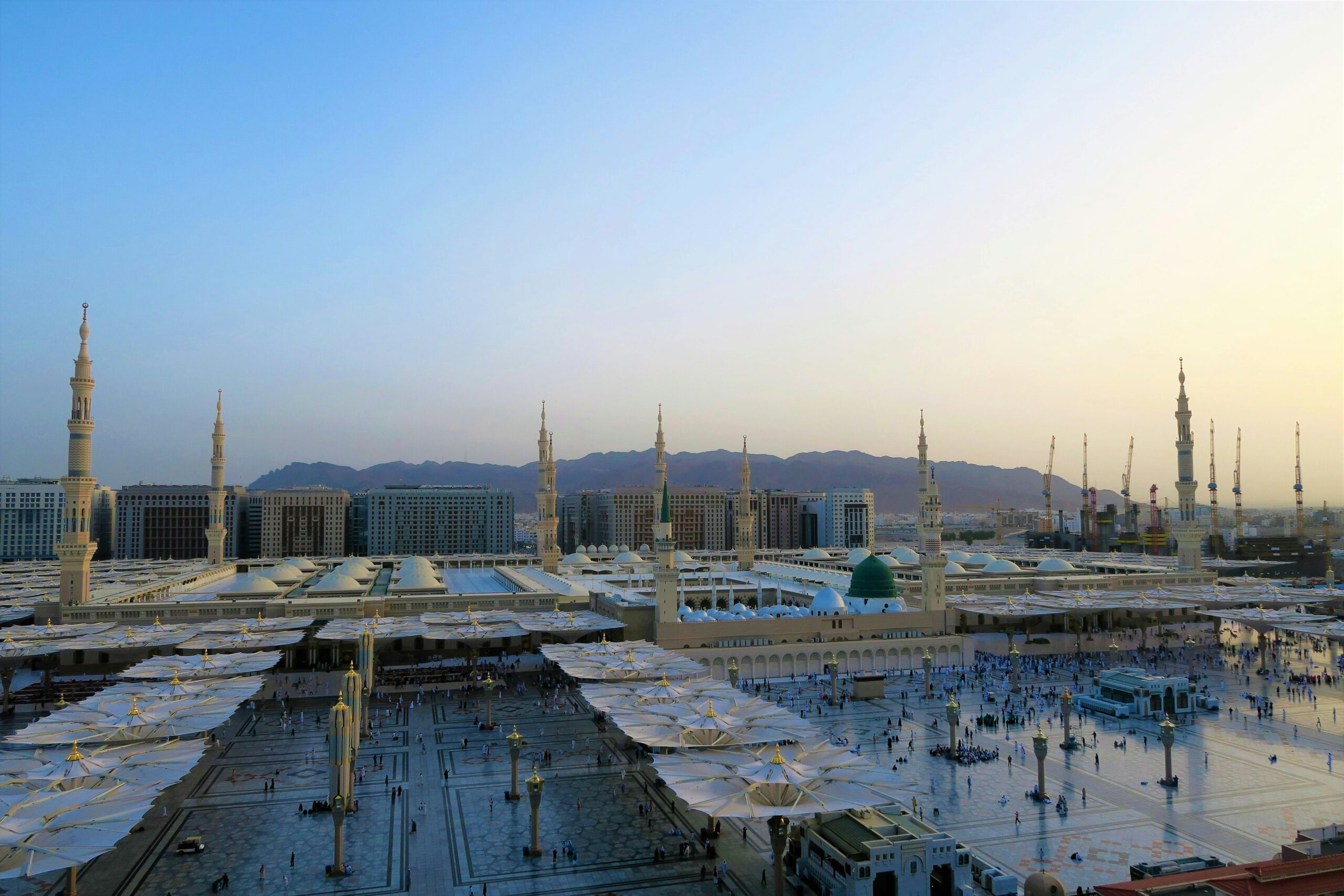Introduction
Tanzania is one of the best safari destinations in the world, offering breathtaking landscapes, diverse wildlife, and the world-famous Great Migration. Whether you are a first-time traveler or a seasoned safari-goer, choosing the best time to book a Tanzania safari package is crucial for an unforgettable experience. Different seasons offer varying opportunities to witness wildlife, explore national parks, and enjoy comfortable weather conditions. This seasonal guide will help you determine the best time to embark on your Tanzania safari adventure.
Understanding Tanzania’s Seasons
Tanzania has two main seasons: the dry season (June to October) and the wet season (November to May). These seasons greatly influence wildlife viewing, the Great Migration, and the overall safari experience.
Dry Season (June to October): The Best Time for Game Viewing
The dry season is considered the best time for a Tanzania safari package, as it offers excellent wildlife sightings and favorable weather conditions. During this period, animals gather around water sources, making them easier to spot. The sparse vegetation also enhances visibility, allowing for clear views of predators and prey.
Why Visit During the Dry Season?
- Ideal for the Great Migration: July to September is the best time to witness the dramatic river crossings of the Great Migration in the Serengeti.
- Better Wildlife Visibility: Animals are concentrated around waterholes and rivers, making it easier to observe predators like lions, cheetahs, and leopards in action.
- Fewer Mosquitoes: Due to the low humidity and lack of standing water, the risk of malaria is significantly reduced.
- Comfortable Weather: Days are sunny and warm, with cooler temperatures in the mornings and evenings.
Top Safari Destinations During the Dry Season
- Serengeti National Park – Best for the Great Migration and predator sightings.
- Ngorongoro Crater – Excellent for spotting the Big Five (lion, elephant, buffalo, rhino, and leopard).
- Tarangire National Park – Ideal for elephant herds and birdwatching.
- Ruaha National Park & Selous Game Reserve – Great for off-the-beaten-path safaris with fewer crowds.
Downsides of the Dry Season
- Higher Prices & Crowds: As this is the peak safari season, lodges and camps tend to be more expensive and booked well in advance.
- Cooler Nights: Temperatures in the Serengeti and Ngorongoro can drop significantly at night, so pack warm clothing.
Wet Season (November to May): A Unique Safari Experience
The wet season in Tanzania is divided into the short rains (November to December) and the long rains (March to May). Although some may avoid this season due to unpredictable weather, it offers unique advantages for safari enthusiasts.
Why Visit During the Wet Season?
- Lush Green Landscapes: The scenery is more vibrant, making it a photographer’s paradise.
- Calving Season (January to February): The Southern Serengeti is filled with newborn wildebeest, leading to dramatic predator-prey interactions.
- Fewer Tourists: With lower visitor numbers, you can enjoy a more private safari experience.
- Lower Safari Costs: Many lodges offer discounted rates, making it a great time for budget travelers to book a Tanzania safari package.
Top Safari Destinations During the Wet Season
- Serengeti National Park (Southern Region) – Best for witnessing wildebeest calving and predator hunts.
- Ngorongoro Crater – Wildlife remains abundant year-round, offering fantastic game viewing even during the rains.
- Lake Manyara National Park – Ideal for birdwatching, with flamingos and migratory species present.
- Selous Game Reserve – Excellent for boat safaris and lush landscapes.
Downsides of the Wet Season
- Heavy Rainfall (March to May): Some roads may become impassable, particularly in remote areas.
- Higher Mosquito Activity: Increased humidity leads to a higher risk of mosquito bites, so taking malaria precautions is essential.
- Less Wildlife Concentration: Animals are more dispersed due to the availability of water across the landscape.
Shoulder Seasons: November & May
The shoulder months of November and May offer a balance between both seasons. Travelers can enjoy fewer crowds, decent wildlife viewing, and lower safari costs. If you want to experience the beauty of Tanzania without the peak-season prices, these months are worth considering.
Best Time to Book Your Tanzania Safari Package
To secure the best deals and availability, booking your Tanzania safari package 6 to 12 months in advance is recommended, especially for peak-season travel (June to October). For wet-season safaris, last-minute bookings are more feasible, as accommodations tend to have more availability.
Final Thoughts
The best time to book a Tanzania safari package ultimately depends on your priorities. If you seek prime wildlife viewing and the spectacle of the Great Migration, the dry season (June to October) is your best bet. However, if you prefer fewer crowds, stunning green landscapes, and budget-friendly options, the wet season (November to May) offers unique advantages.
Regardless of when you choose to visit, Tanzania promises an unforgettable safari experience filled with breathtaking landscapes, diverse wildlife, and thrilling encounters. With careful planning and an understanding of seasonal variations, you can ensure a memorable adventure in one of Africa’s most incredible safari destinations.









Leave a Reply